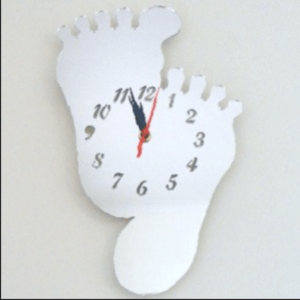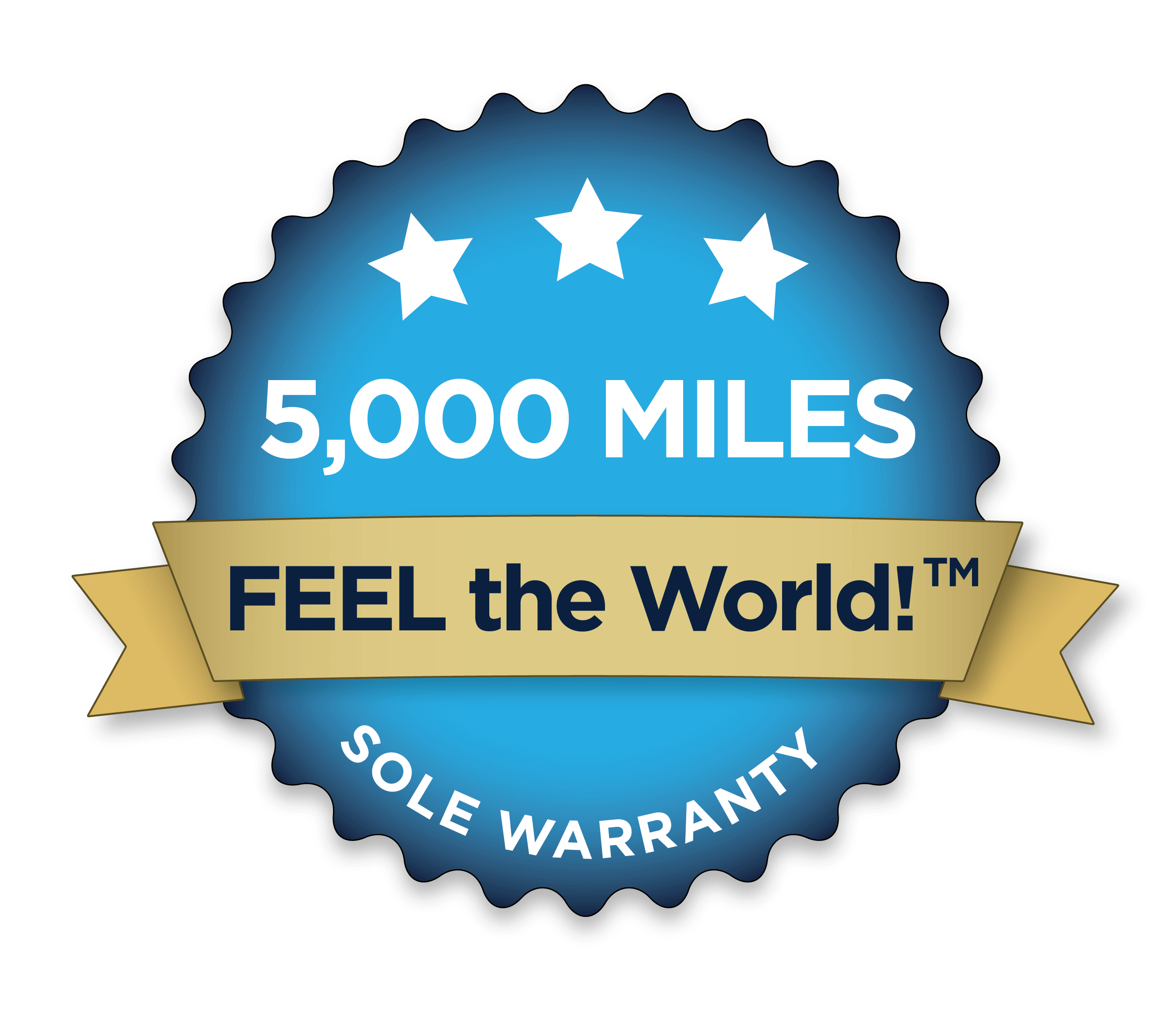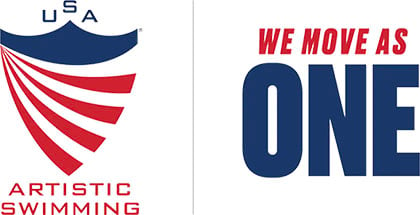 The more time you spend around barefoot running and minimalist running — the more articles you read in magazines and newspapers, the more interviews you hear with doctors or runners, the more stories you see on the news, the more websites you see about it, the more research you hear about it — the more often you’ll hear one particular admonition.
The more time you spend around barefoot running and minimalist running — the more articles you read in magazines and newspapers, the more interviews you hear with doctors or runners, the more stories you see on the news, the more websites you see about it, the more research you hear about it — the more often you’ll hear one particular admonition.
Actually, if the piece is supportive of running barefoot, you’ll hear it as a recommendation. If the piece is anti-barefoot, then it’ll be a warning.
And that bit of instruction/caution is:
Transition to barefoot running SLOWLY. If you make the transition too quickly, you’ll get hurt.
Admittedly, even on this site I say something that could sound similar about how to start running barefoot.
But to focus on how quickly or slowly you make the transition is to miss the point. Running barefoot safely and enjoyably isn’t about whether it takes you a day, a week, or a year to do so. It’s about HOW you make the transition, not HOW LONG it takes to make it.
It’s about form and function, not about seconds on the clock.
In other words, the keys to running barefoot are following a few rules:
- When your foot touches the ground it should be almost directly under your body. Don’t “overstride.” That is, don’t reach out in front of you with your foot in order to land. Many people who’ve been running in padded, motion controlled shoes already overstride, reaching out with their heels and landing on an almost straight leg. Some people will take off their shoes and continue to do the same thing, but point their toes in order to land on their forefoot. Others, who may not overstride in shoes, hear that you have to land on your forefoot when you run barefoot, and then will overstride in order to do so. Either way, landing on your forefoot, with your foot out in front of your body puts extra stress on the forefoot and could lead to problems or injury. Especially, if you have a “no pain, no gain” mentality and treat discomfort as something that you just have to work through.
- Focus on using less energy and effort. For example, rather than pushing yourself off the ground with your foot/toes, lift your foot off the ground by flexing at the hip. Pushing off the ground uses WAY more calf muscle effort than is necessary. Similarly, if you think you have to stay on your toes and never let your heel touch the ground, which isn’t true, you’ll put more strain on your Achilles tendon than you need. Many people confuse the calf/Achilles pain they get from using too much effort with having tight calves/Achilles. Trust me, 99 times out of 100, calf or Achilles pain are an effort issue, not a tightness issue. And, trust me again, you’re probably not the 1 out of 100 for whom it’s not.
- Rather than “landing” on your feet, think of your feet as something that only touch the ground for as little time as necessary, and have them moving at the speed you’re traveling across the ground. Your feet should contact the ground more like a wheel that just rolls over it, than like a stick that gets planted and pulled out.
- Many of the other instructions about how to run barefoot are really just cues to help you get the correct foot placement and use less effort. For example, the idea that you need to run at 180 steps per minute — it’s not a magic number. It’s that picking up your cadence makes it easier to place your feet under your body, at the correct speed, and with less effort. You can’t “plant” your feet, when they have no time spend on the ground. Similarly, successful barefooters recommend running on a HARD, smooth surface… the reason is that you get more feedback from running on a nice road or bike path than you do from running on the grass (besides, there could be things hiding in the grass that you don’t want to step on).
- HAVE FUN… if you’re just grinding out the miles it’s almost guaranteed that you’ll fall into bad form and increase your chances of injury.
How long it takes for you to learn to follow those rules is idiosyncratic. For some it takes no time at all because they already run in the way I described. For others, it takes longer, since you’re learning a new skill — and different people learn at different rates.
But to focus on the amount of time it takes you to make the change is to put your attention on the wrong thing. If you believe that it’s just about putting in the hours until you’re suddenly a successful barefoot runner, you may never make the form adjustments that will give you what you want.
On the other hand, if you pay attention to the correct things, the important things, to your form… that could speed up your transition time dramatically. Pay attention to your sensations — if it hurts, take a look at the tips, above and try something different until it doesn’t hurt. No pain, GAIN.
Turn off the clock and turn on you awareness and you’ll be having fun running barefoot in no time.
The content of this post does not constitute and is not intended to be a substitute for professional medical advice, diagnosis or treatment. Always seek the advice of a physician or other qualified health provider with any questions or concerns you may have about your health or a medical condition.











 Fostering honest and responsive relationships between businesses and consumers.
Fostering honest and responsive relationships between businesses and consumers.










